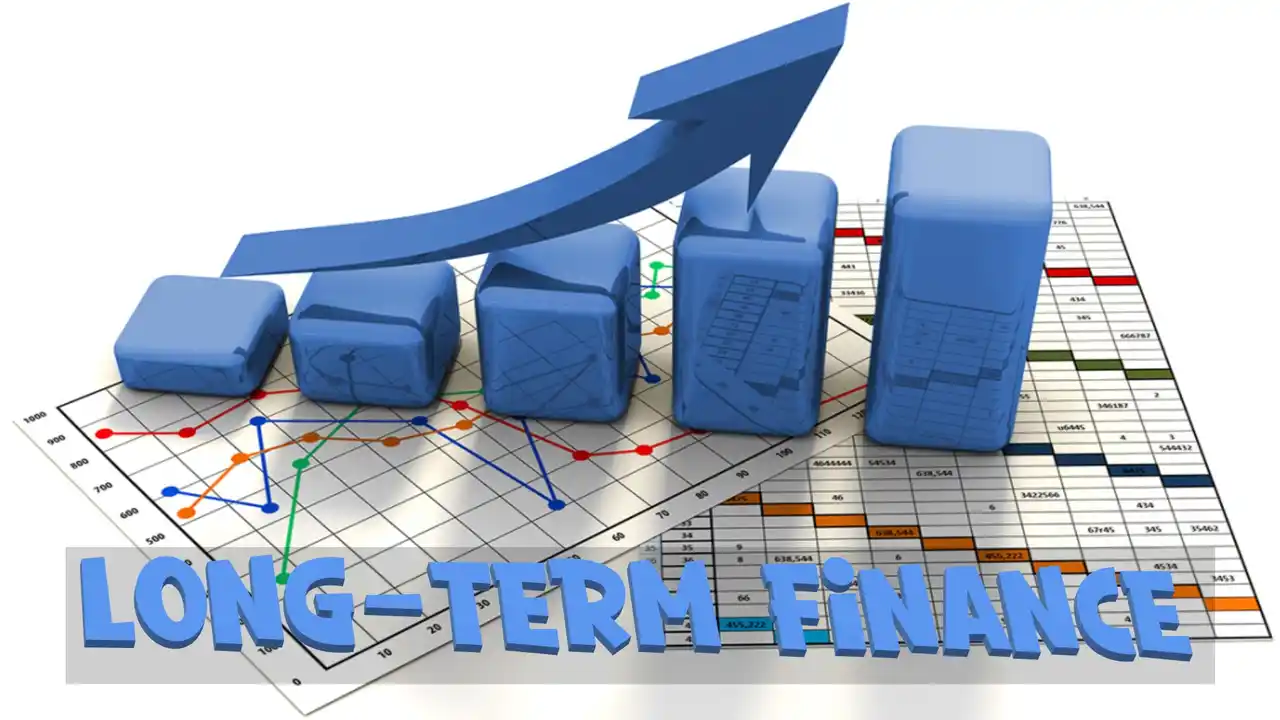It is important to keep track of the assets of your business. So, those who are part of it will know which assets can use most profitably. Fixed assets and current assets are the two most common types of company assets. Assets that are bought for long-term use are called fixed or non-current assets. Assets that can be quickly turned into cash are called liquid assets. Read on to discover everything there is to know about asset management and to become a subject matter expert on it.
How they’ve been told to invest is the most important thing for asset managers.. The mandate sets out the rules for how to manage a certain asset portfolio. Asset managers follow these well-known standards for risk and investment strategy. This companies charge exorbitant fees for asset management. To explore short term finance issues further, read this informative article.
Asset Management Definition
Asset management is the process of making, running, maintaining, and selling assets to make money. This phrase typically uses to refer to persons whose job it is to take care of other people’s property. Asset management is all about making investments that tend to go up in value over time.
Professionals in asset management take care of this for their clients. Portfolio managers and financial advisors are the names of these types of experts. Some work for insurance companies, while others work for investment banks and other financial institutions.
Asset management is the process of keeping track of and getting the most value out of a group’s or organization’s assets over the course of their useful lives. This can help both physical and non-physical assets (such as human capital, intellectual property, goodwill or financial assets). Asset management is the organised and cost-effective process of buying, owning, running, improving, and then selling or getting rid of assets in some other way.
Asset Management Examples
Tracking assets throughout their useful lives can help a company enhance its asset procurement and utilization strategies. For instance, Cisco Systems utilized PC asset management to cut costs and exemplify best practices for other businesses.
The Asset Management team found that people were buying too much when they used this method. We came up with a smarter plan for getting the tools need to fix this problem.
How do Companies that Manage Assets Work?
On the market, there are different asset management firms that serve the needs of wealthy people and institutions. Accounts at banks and credit unions usually come with a number of benefits, such as the ability to write checks, use plastic for purchases, get a line of credit, or invest the money.
The bank usually places the customer’s deposited money into a money market fund, which offers a higher return rate than a savings account. The account holder can do all of his or her banking and investing at the same place.
In 1999, Congress passed the Gramm-Leach-Bliley Act, which basically got rid of the Glass-Steagall Act and let these kinds of accounts stay open. In 1933, the Glass-Steagall Act was passed in response to the fact that the banking and investing industries were closely linked, which caused the Great Depression. For now, it’s enough to keep the “Chinese walls” between departments working.
Pros and Cons of Asset Management
The goal of managing asset is to lower the cost and risk of giving a good level of service for the whole life of an asset.
Better Dependability
By paying more careful attention to system assets and their condition every day, unexpected breakdowns, emergency repairs, lawsuits, and problems with customers can be avoided or lessened. By allocating resources in a way that takes into account the risk of an asset failing, the utility can reduce its overall risk.
System Integrity in the Long Term
The term “sustainable infrastructure” is becoming more popular because many American cities and towns are having trouble because they aren’t investing enough in their infrastructure. Policymakers can easily get the information they need to help keep infrastructure in good shape by systematically correlating costs with the state of assets and making long-term plans for each asset.
Better Compliance with Rules
It is likely that CMOM standards will call for more asset management, especially at wastewater utilities. Compliance is one of the many benefits of putting better O&M practises into the process.
Expenditure Reduction
Life cycle cost minimization-based asset management systems can cut down on operating and maintenance costs as well as long-term capital costs by keeping infrastructure in good shape. If the utility thinks about the life cycle, it will be sure to get the most for its money.
How to Get Money from the Government
Because it’s clear that more money needs to spend on infrastructure and because many businesses are worried about how well infrastructure is managed, proposed funding laws have added things like requirements for “asset management plans.”
How Important it is to Manage Assets
Moreover, a asset managing company’s strategy can effectively evaluate and manage vehicles, tools, equipment, procedures, and even people from a central “hub” by collaborating with other company divisions, locations, and facilities.
Helps to Make Sure that Amortisation Rates are Correct
The asset management process actively ensures that the books record the correct values for assets through routine inspections. So, It’s a simple, streamlined way to keep track of and manage your company’s assets.
Removes any Assets that are Unused from Warehouse
Writing down the value of assets that lost, stolen, or destroyed can result in errors. If the owners of the company have a strategic plan for managing assets, they can take the missing assets off the books.
Enables Complete Inventory Control
Businesses can easily keep track of their cash and physical assets with this method. As a result, the property’s owners will be aware of its location, intended usage, and status changes. This makes it easier to recover assets, which leads to more money.
Helps Find and Fix Potential Hazards
When it comes to managing assets, it’s important to know and be ready for any risks that could come up from using or owning them. This shows that the organisation is always ready to handle any risks that might come up.
Frequently Asked Questions
When should Asset Management be Used?
A client of an asset manager could be anyone from a wealthy person to a small business to a charity. Asset management service providers can be either big businesses or small businesses run by one person.
What are the Most Important Fundamentals of Asset Management?
Asset management is now based on a set of principles that companies should follow to prevent a decrease in the value of their assets. Consequently, these asset management ideas have an impact on how and why a company manages its assets. Some of these principles include output concentration, capabilities, level assurance, and learning organization.
What does it Mean to Manage the Operation of Assets?
Asset Operations Management makes it easier for any worker to get the tools they need to do their jobs. It does this by combining a company’s technician services, passive and active data, and unique operational strategy.
Conclusion
Asset management is the same thing as wealth management. When you hire an asset manager, you give them control over all the things you own. Investors with a significant amount of extra money and a desire to invest in both liquid and illiquid assets are the target audience of asset management. Individual investors need the help of an asset manager, but financial institutions already have the knowledge they need to buy and sell assets on their own. We’ll look at the asset management and talk about the related topics in this area.







